
OR
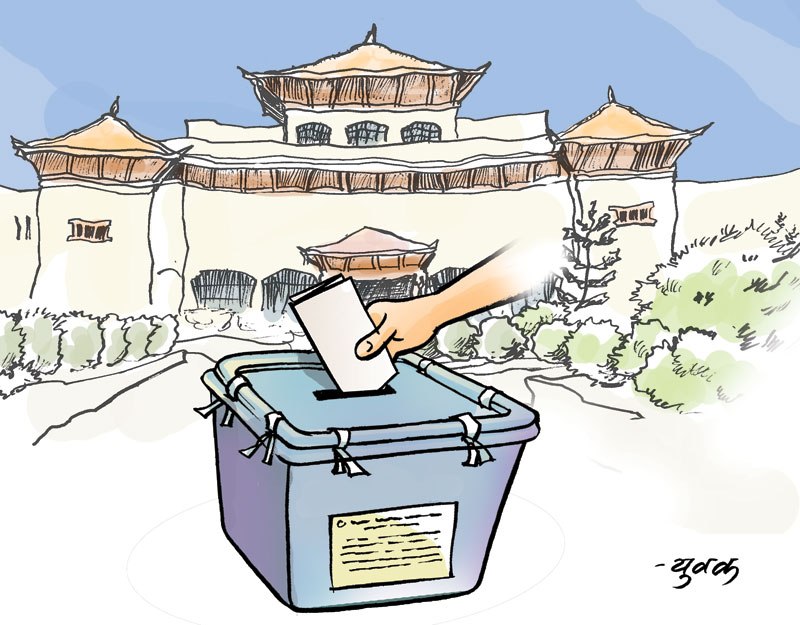
More from Author
The Election Commission can reduce the number of invalid votes in Province 2 by using two ballot papers.
Voters have cast their ballots to elect their local representatives after two decades, as they had previously done in the local body elections of May/June 1997. This time, millions of new voters have exercised their voting rights. But millions have also been deprived of their rights as only 14 million voters have only been registered out of more than 20 million eligible voters. In the two phases of election, elections for 617 out of 744 local units have been conducted peacefully and all results except for one unit have come out. Election for 127 units for eight districts of Province 2 is due on September 18.
No election is held for election’s sake. Elections elect real representatives, and ought to be inclusive and proportional. In our electoral democracy, representatives are elected through an electoral process, and voting is needed only when there is more than one candidate claiming the post. If election gives erroneous results, the whole exercise is rendered a farce. This is because we have a plurality electoral system in which a candidate with the highest number of votes wins, even with the margin of one vote.
First-Past-the-Post (FPTP) system has been adopted for election of five posts—local unit chief, deputy chief, ward chief, and woman and dalit ward members—and Block Vote (BV) system for election of two general category ward members. Under FPTP, every voter has one vote to choose one candidate for one post; whereas under BV system, a voter has two votes to choose two candidates for two posts. Though these two systems have differing characters, both have been used in one ballot paper, creating great confusion among voters. It ultimately led to a high percentage of invalid votes, which in turn may have affected election outcomes.
The Election Commission reportedly spent Rs 750 million on voter education. But it hardly matters what the EC spent. What matters is what it did to minimize the number of invalid votes, which vitiate the final results, defeating the very purpose of election. It seems that the commission neither learned from its experiences of the two Constituent Assembly elections where it had used two ballot papers, nor did it foresee the challenges due to big sizes of ballot papers, resulting in high number of invalid votes. Nor does the commission seem to have realized the importance of each and every vote which can decide the fate of a candidate.
Previously, the percentage of invalid votes was low. In the 1991 general election, it was 4.42 percent; in 1994, it was 3.16 percent; coming to 1999 election, it was as low as 2.75 percent. In the last local election in 1997, less than 5 percent votes were invalid. In last CA election it was 5 percent. Against this backdrop, currently, around 22 percent of votes cast in the two phases of local elections have been declared invalid, which is excessively high. High percentage of invalid votes suggests that voter’s choice has been diluted and money spent on electoral process wasted. The EC has lost its credibility. Some procedural improvements are urgently required.
Interestingly, big cities have witnessed as high as 17 to 22 percent invalid votes. For examples, in Biratnagar, the share of invalid votes has gone up to 21 percent, while in Kathmandu and Lalitpur it was 17 percent and 18 percent respectively. In contrast, in Gorkha 12.7 percent votes were invalid and in Mygdi, 12.9 percent were invalid. In Kapilvastu, it is about 17.11 percent while it is 22.62 percent in Krishnanagar. In some constituencies in Tarai-Madhes, some ballot papers were deliberately spoiled as a significant number of voters were against local polls.
But what explains high invalid votes in Kathmandu and Lalitpur? Strikingly, the number of invalid votes is greater than the winner’s votes in some units. Statistically, the number of invalid votes is highly significant in units with four or five strong candidates. In the Last CA election, a candidate with hardly 11 percent votes had won in Mahottari-4.
For the third phase of election, the Election Commission can reduce the number of invalid votes in Province 2 by using two ballot papers, one for the first five posts and second for last two posts, both of which have been discussed above. It can have ballot papers printed locally after distribution of electoral symbols. This is possible, as the EC has to get the ballots printed for just 127 units. The printing cost may not be that high; it might even be less than the amount spent on recent procurement of luxury vehicles by election commissioners. In the future, the EC will be justified if it conducts local election province by province, as the country has already become a federal state.
The author is an ex-Election Commissioner
You May Like This
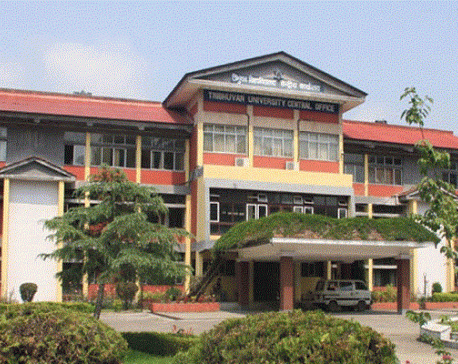
TU publishes FSU elections schedule
KATHMANDU, Jan 28: Tribhuvan University (TU) has published the schedule for the Free Student Union (FSU) elections that will take... Read More...
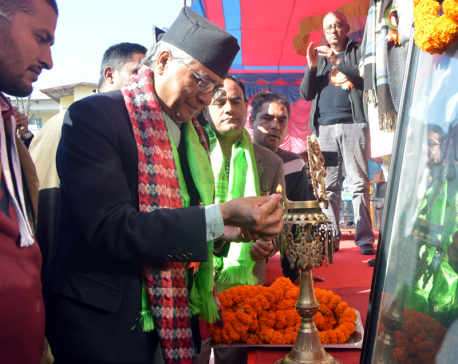
Elections will be held preparing calendar: Deuba
KATHMANDU, Dec 12: Nepali Congress President and former Prime Minister Sher Bahadur Deuba, has said that the three-tier of elections... Read More...

All party unity must for elections: Peace Minister
KATHMANDU, Sept 18: Minister for Peace and Reconstruction Sitadevi Yadav has stressed on all party unity to hold all three... Read More...





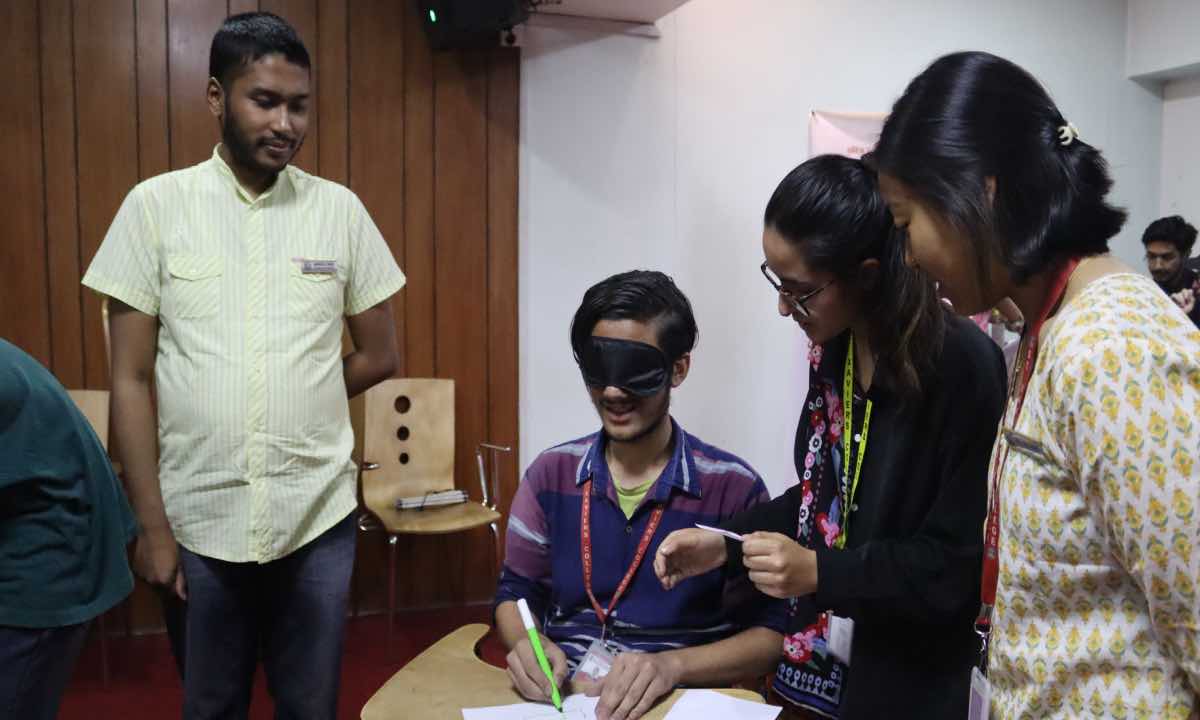

Just In
- Forest fire destroys 13 houses in Khotang
- First meeting of Nepal-China aid projects concludes
- Lungeli appointed as Minister for Labor and Transport in Madhesh province govt
- Bus knocks down a pilgrim to death in Chitwan
- One killed in tractor-hit
- Karnali Chief Minister Kandel to seek vote of confidence today
- Chain for Change organizes ‘Project Wings to Dreams’ orientation event for inclusive education
- Gold price decreases by Rs 200 per tola today











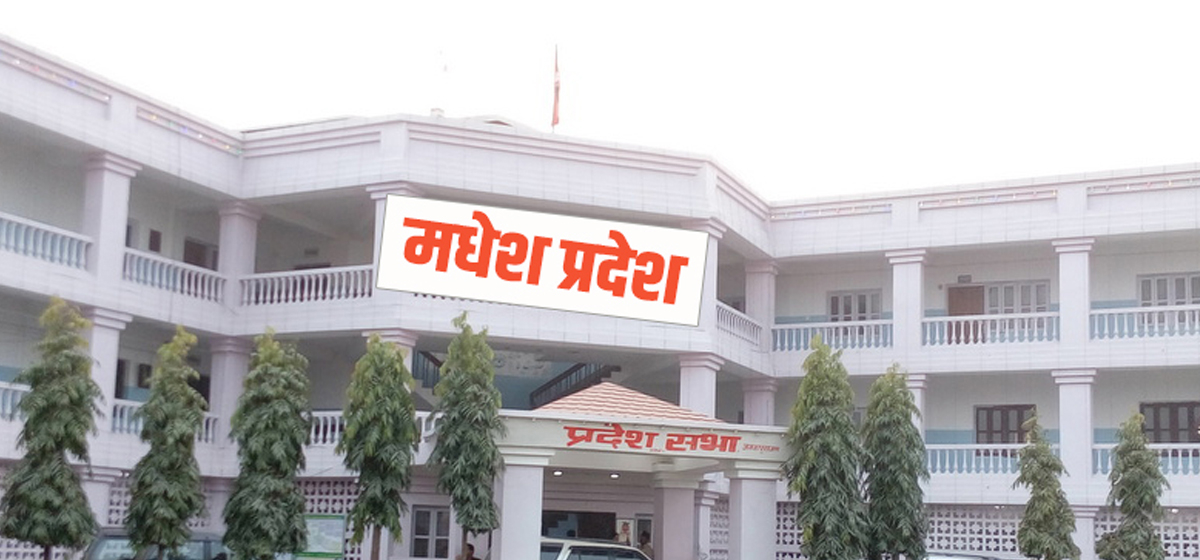

Leave A Comment